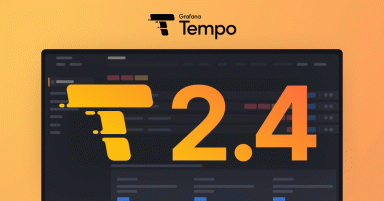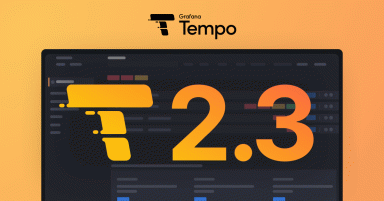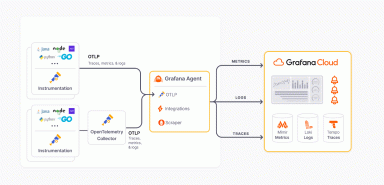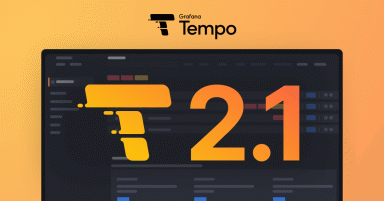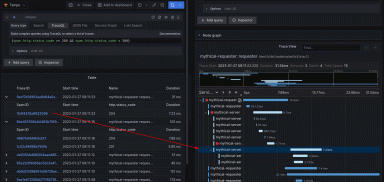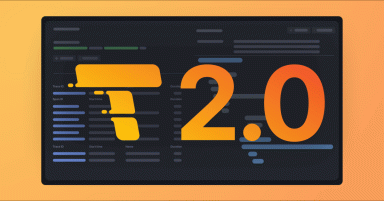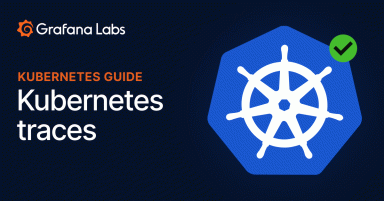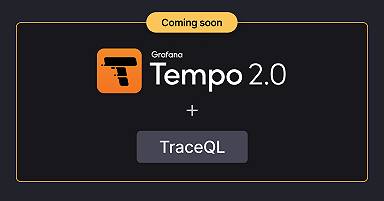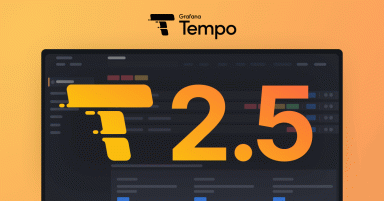
Grafana Tempo 2.5 release: vParquet4, streaming endpoints, and more metrics
The latest release of Grafana Tempo introduces a new Parquet storage format, gRPC streaming formats on the frontend, and additional TraceQL metrics...
Read more
I am Grot. Ask me anything
Write a short description about your experience with Grot, our AI Beta.
Rate your experience (required)
The latest release of Grafana Tempo introduces a new Parquet storage format, gRPC streaming formats on the frontend, and additional TraceQL metrics...
Read more
The latest release of Tempo introduces metric queries, tiered caching, cross-tenant queries, and more.
Read more
Dedicated attribute columns can have significant impact on query performance and memory usage in Grafana Tempo. Learn more about this new feature and...
Read more
Tempo 2.3 is here with blazing fast queries thanks to Tempo's new block format, vParquet3. This latest release also includes new TraceQL features and...
Read more
Learn how to use the AWS Distribution for OpenTelemetry (ADOT) to export AWS Lambda traces to Grafana Cloud Traces with Grafana Agent as an OTLP...
Read more
It's easier than ever to work with distributed tracing in Grafana. Learn how span filters and improvements to the trace view header and configuration...
Read more
Structural operators and new trace-level intrinsics are just a few of the many exciting new features available in Tempo 2.2.
Read more
Read more
Read more
Read more
Read more
Grafana Tempo will take a big leap in the 2.0 release with TraceQL, a first-of-its-kind query language to help you find the exact trace you're looking...
Read more
The trace to log enablement for Splunk will give you deeper insights from your Splunk log data.
Read more
New features in Grafana Tempo 1.4 allow you to generate metrics from your traces, offer more tools to improve search speed, and provide more...
Read more
Search capability across your 30-day trace retention is now available in beta in Grafana Cloud Traces.
Read more
